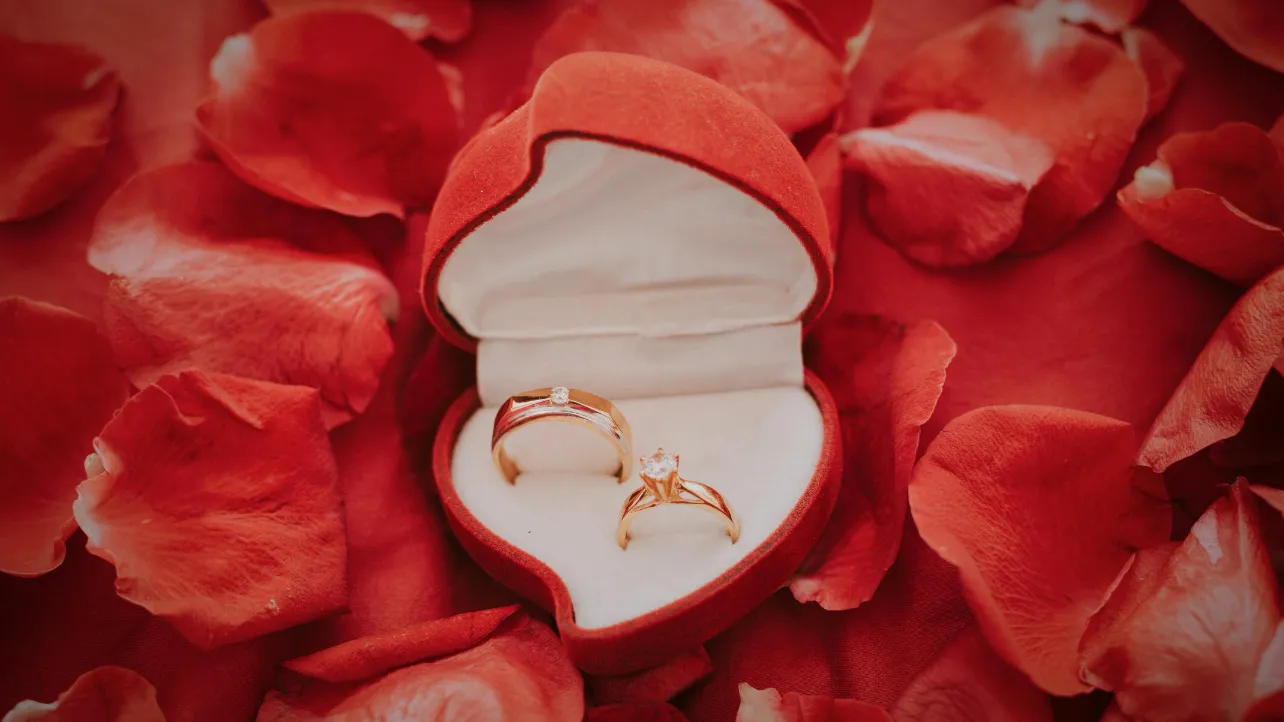
The Expert Guide to Eco-Friendly Jewelry Packaging Solutions
2024-10-10
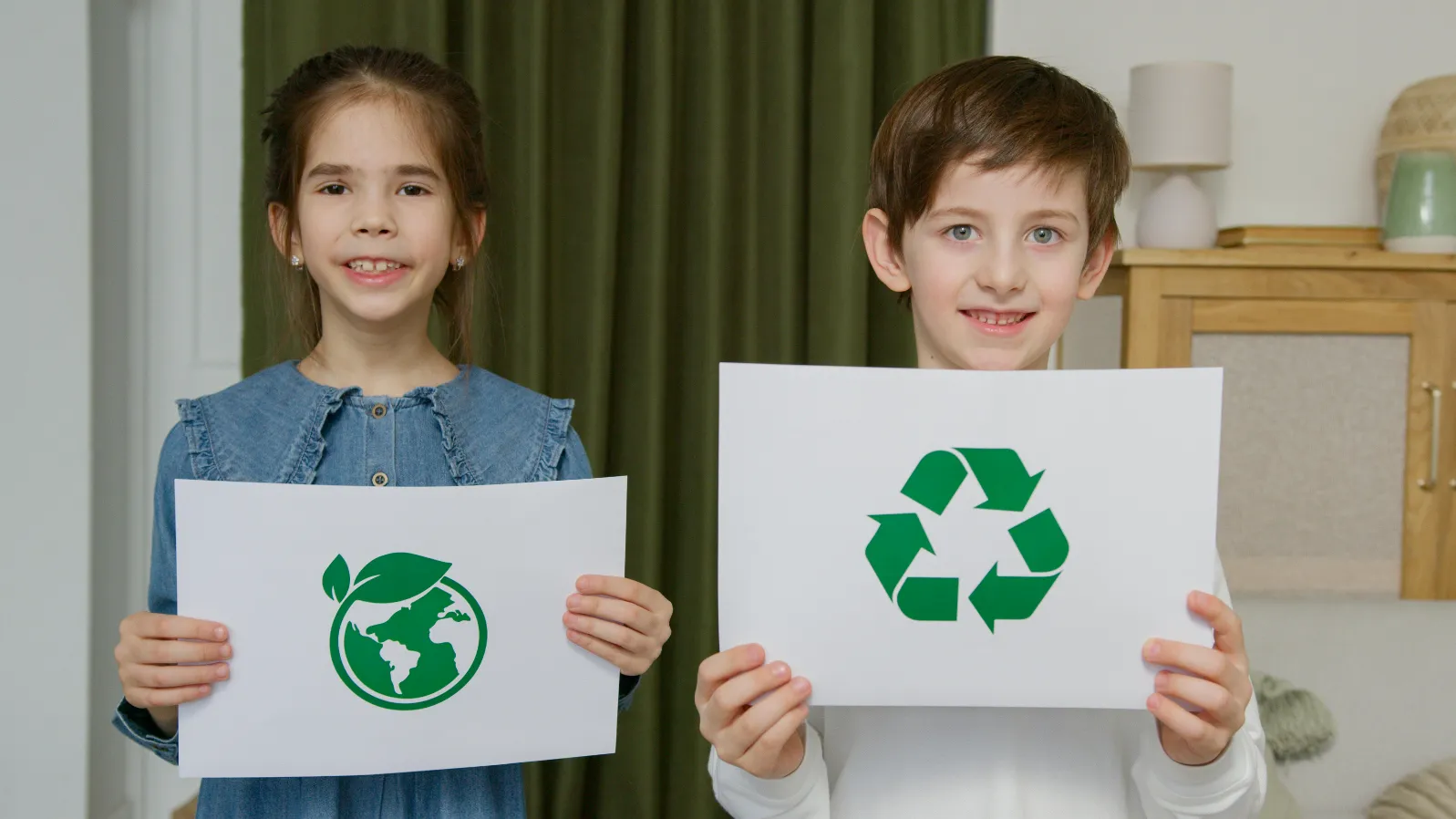
As a professional jewellery packaging supplier with 16 years of experience, Richpack has been exploring ways to perfectly blend innovative design with sustainability. We believe that understanding and using eco-friendly packaging terms is essential not just for our team and customers, but for the entire jewellery industry.
This glossary contains core terms and concepts related to sustainability in the jewellery packaging industry. We hope this guide will serve as a clear and practical reference tool for eco-conscious brands and sustainability experts.
Join us in exploring the world of green packaging and contributing to a more sustainable future for the jewellery industry. Read on to learn more.
Giving priority to understanding the core concepts of sustainable packaging plays an auxiliary role in strengthening understanding for the subsequent deepening of sustainable packaging knowledge. First is understanding what sustainability is and then mastering the model of Life Cycle Assessment (LCA).
Sustainable jewellery packaging aims to reduce environmental impact. It involves using materials and processes that are kinder to our planet. Think of it as packaging that meets today’s needs without compromising the future.
Life-cycle assessment (LCA) is a process that evaluates the environmental impact of a product throughout its entire lifespan. By understanding these effects, LCA helps increase resource-use efficiency and reduce environmental liabilities. For example, LCA looks at:
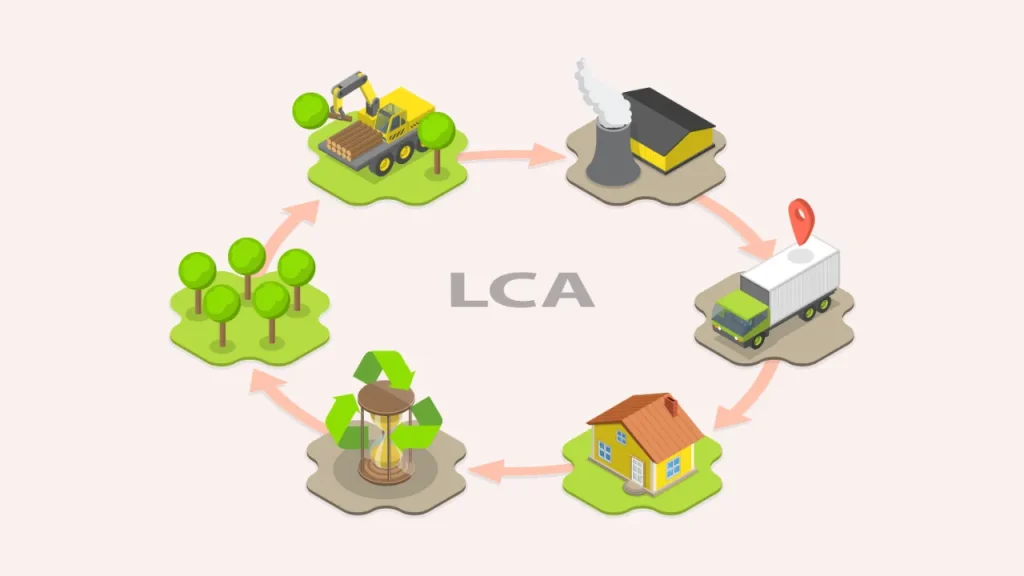
By using LCA, jewellery brands can spot where their packaging might be harming the environment. This knowledge helps them make better choices, like using recycled materials or designing boxes that are easier to reuse.
We focus on materials, processes, and design concepts to enrich your printing and packaging terminology knowledge.
Common examples in jewellery packaging include:
– Paper and cardboard
– Certain bioplastics made from corn or sugarcane
– Natural fabrics like cotton or hemp
Examples include:
– Boxes made from recycled paper or cardboard
– Plastic inserts created from recycled water bottles
– Tissue paper produced from recycled office paper
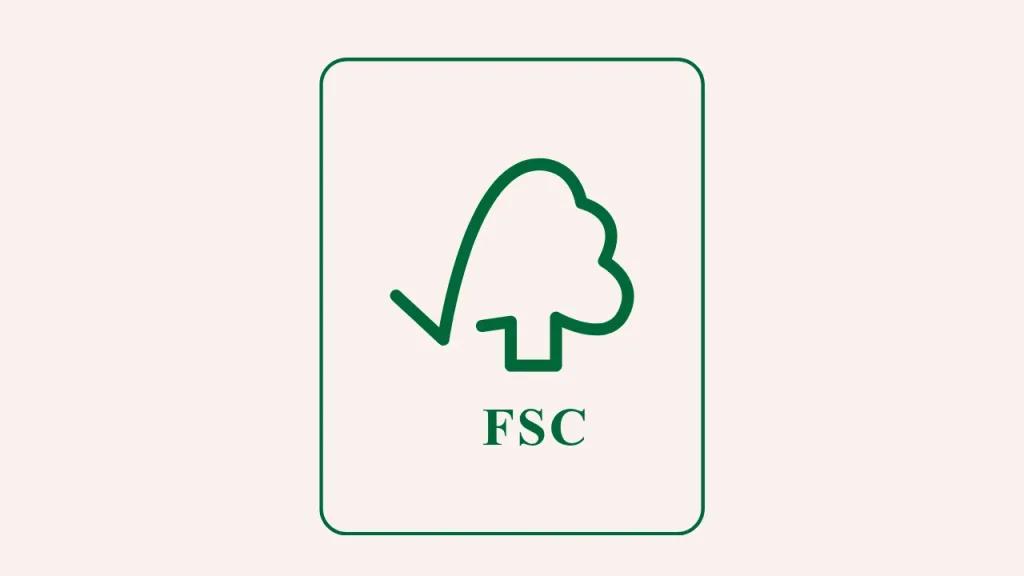
FSC-certified paper products come from forests that are:
– Managed sustainably
– Socially beneficial to local communities
– Economically viable
Upcycling: Upcycling is a creative process that transforms waste materials into products of higher value. In jewellery packaging, this could mean turning old fabric into luxurious pouches or repurposing discarded wood into elegant gift boxes. This approach not only reduces waste but also adds a unique story to each package.
Closed-Loop System: A closed-loop system is a sustainable model where waste is repurposed as a valuable resource for new products. For jewelry brands, this might involve collecting used packaging from customers and reprocessing it into new boxes or inserts. This system minimizes waste and reduces the need for new raw materials.
Carbon Offsetting: Carbon offsetting is a strategy that companies use to balance out their carbon emissions by investing in environmental projects that reduce greenhouse gases. For example, a jewellery brand might fund reforestation efforts to offset the emissions generated during the production and distribution of their packaging.
Minimalist Packaging: Minimalist packaging is all about using less material without sacrificing product protection. This could mean streamlining box designs or cutting out unnecessary layers. By using fewer materials, brands can reduce their environmental impact and often save on costs.
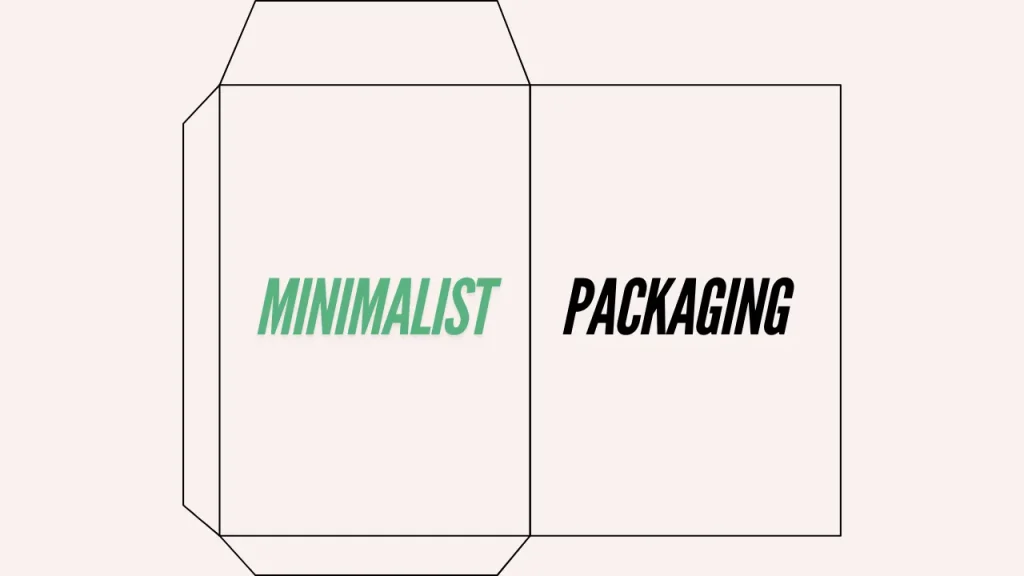
Reusable Packaging: Reusable packaging serves multiple purposes beyond its initial use. For example, a jewellery box might double as a travel case or a decorative storage container. This approach extends the life of the packaging, reduces waste, and offers added value to customers.
Mono-Material Design: Mono-material design focuses on using a single type of material throughout the packaging. This simplifies the recycling process since there’s no need to separate different components. For instance, a jewelry box and its inserts might all be made from the same recyclable cardboard.
Sustainable certification has strong authority and a high approval threshold. Therefore, sustainable certification is the label that leads us to find suitable environmentally friendly materials. Below, we will introduce you to several standard sustainable certifications.
Environmental certifications play a crucial role in sustainable practices, providing reliable indicators for consumers and businesses. Here are a few widely recognized certifications in the jewellery packaging industry:
Cradle to Cradle Certification focuses on the entire lifecycle of a product. It assesses material safety, material reuse, renewable energy use, water management, and social fairness. Packaging that achieves this certification is not only safe and harmless but can also be fully recycled or biodegraded after use.
Green Seal Certification is known for its stringent environmental standards. It considers the product’s entire lifecycle impact, including raw material sourcing, production process, use, and disposal. For jewelry packaging, Green Seal certification may focus on whether the inks used are non-toxic, if the packaging is easily recyclable, and if the production process is energy-efficient and low in emissions.
Eco Logo Certification, also known as UL Environmental Certification, is one of the most authoritative eco-certifications in North America. It evaluates multiple environmental attributes throughout a product’s lifecycle. For jewellery packaging, EcoLogo might examine the recyclability of packaging materials, energy efficiency in the production process, and whether the packaging design minimizes material use.
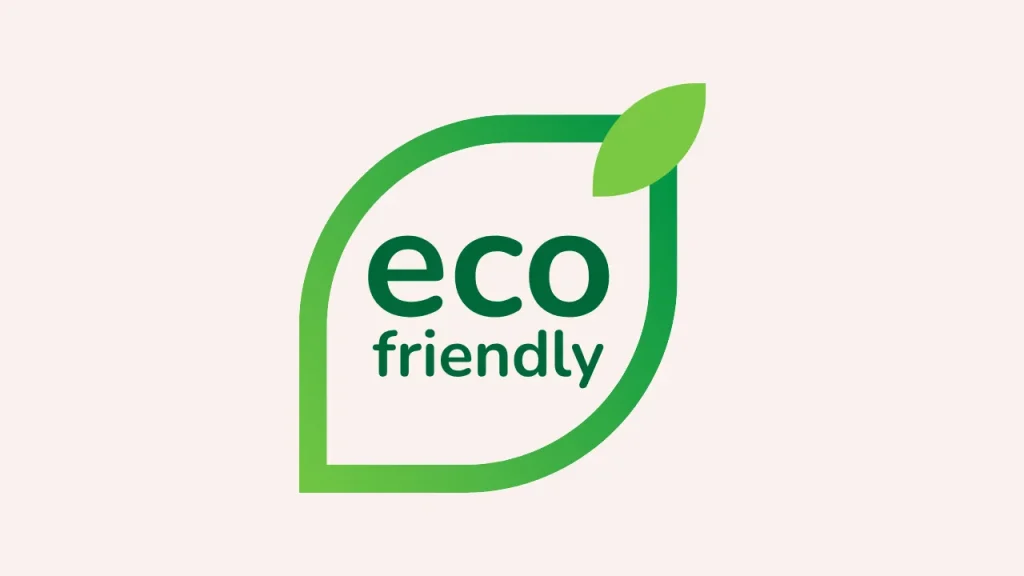
Selecting the right certifications depends on your brand’s goals and target market. Consider what’s most important to you—whether it’s reducing your carbon footprint, ensuring recyclability, or supporting ethical labour practices.
Jane Smith, a sustainability expert, advises”Start by identifying your brand’s core environmental values. Then, look for certifications that align with these values and resonate with your customers.”
The following section will introduce GAONAS from China and Loveness Lee from London. While pursuing the beauty of jewellery art, these two brands actively explore and practice environmental protection, showing their respect and care for the earth’s ecological environment with practical actions. Let’s see how they incorporate environmental practices into their brand image.
This Chinese jewelry brand, GAONAS, has made environmental protection a core part of its identity. Guided by a design philosophy of “eco-friendly, innovative, and sustainable,” GAONAS actively works to reduce the environmental impact of mining.
They skillfully blend cutting-edge technology with traditional handcrafting techniques to create their jewelry. For example, by using 3D printing to develop prototypes, they significantly cut down on material waste in the design process. Their production methods are also focused on minimizing waste and enhancing energy efficiency.
When it comes to materials, GAONAS prioritizes the use of recycled precious metals. They’ve established partnerships with certified recycling facilities to ensure a steady supply of high-quality recycled gold and silver, which helps reduce the demand for new mining activities.
For their packaging, GAONAS opts for biodegradable materials derived from plants. Their jewelry boxes are made from recycled paper and are fully recyclable themselves. To further their sustainability efforts, they’ve introduced a take-back program that encourages customers to return old packaging for recycling or reuse.
4.1.2 Loveness Lee
Loveness Lee, a London-based jewelry brand, finds inspiration in nature, and this ethos shines through in both their designs and sustainability practices. Their commitment to eco-friendly production is woven into every aspect of their business.
The brand focuses on local craftsmanship, with all their jewelry handcrafted in London and cast in Scotland. This approach not only supports local artisans but also helps reduce carbon emissions related to transportation. Loveness Lee uses only recycled sterling silver and gold vermeil in their pieces, sourcing these materials from certified suppliers to ensure they’re genuinely recycled.
Their dedication to sustainability extends to packaging as well. Loveness Lee uses biodegradable materials throughout their packaging process, including recycled paper for jewellery boxes and vegetable-based inks for printing. They’ve also introduced an innovative ‘seed paper’ initiative, where the tags attached to their jewellery are embedded with wildflower seeds, allowing customers to plant them and support local ecosystems.
Through these practices, Loveness Lee shows that creating beautiful, high-quality jewellery can go hand in hand with a strong commitment to environmental sustainability. Their approach sets new industry standards for eco-friendly practices, from material sourcing to production processes and packaging choices.
Both GAONAS and Loveness Lee demonstrate key practices that other brands can learn from:
By adopting these practices, jewellery brands can enhance their sustainability efforts while meeting the growing demand for eco-friendly products.
Understanding eco-friendly packaging terms is just the first step on the path to sustainability in the jewellery industry. As we’ve seen from the examples of GAONAS and Loveness Lee, embracing sustainability can lead to innovative designs, better processes, and stronger customer relationships.
At Richpack, we’re dedicated to supporting your sustainability efforts. We offer eco-friendly packaging solutions that meet global standards. Want to make your jewellery packaging more sustainable? We’re here to help. Click here to learn more, or contact us to discuss your eco-friendly packaging needs.
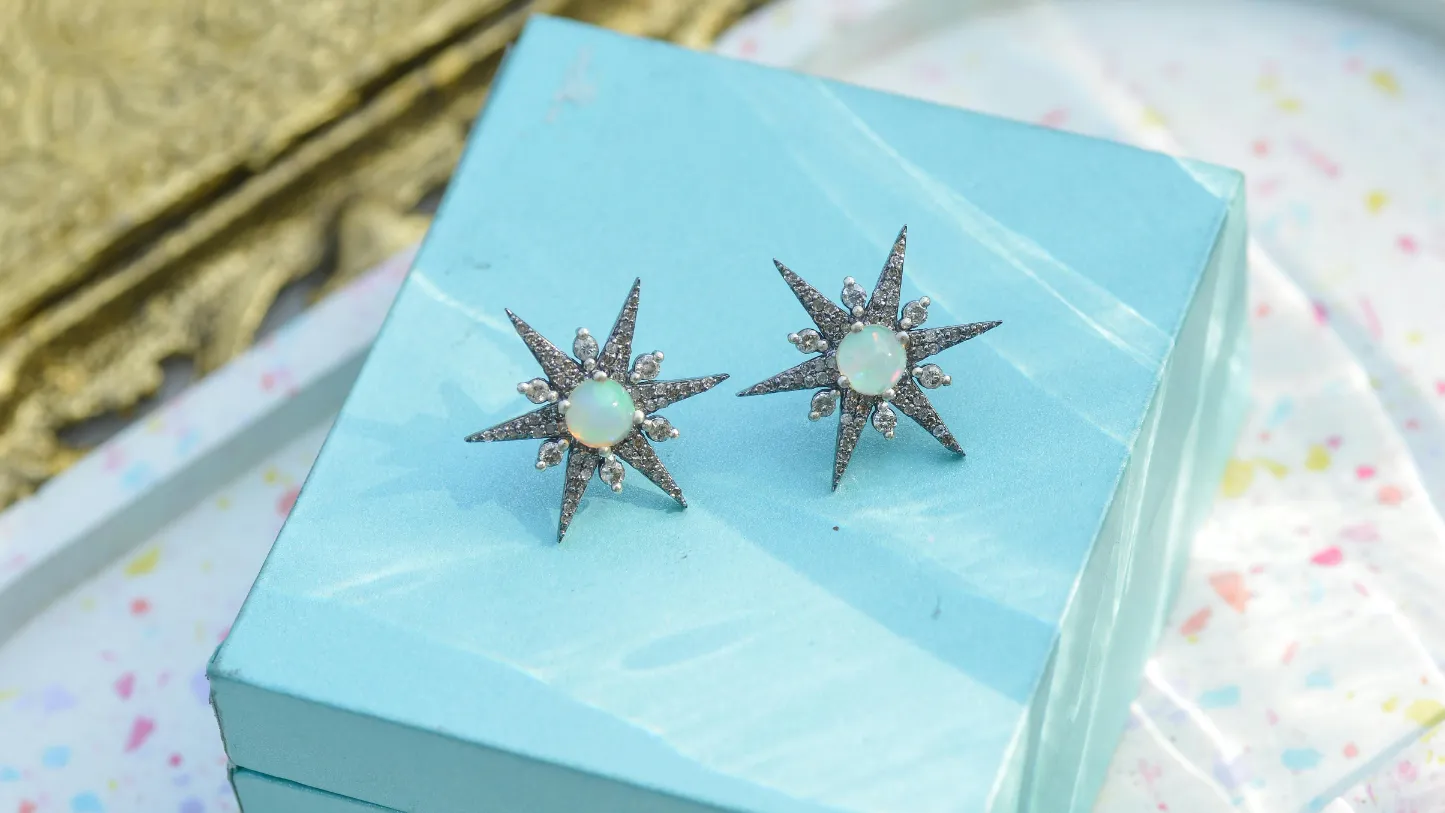
Did you know that 72% of consumers say that packaging design influences their purchase decisions? In the jewelry industry, where brand image and uniqueness are paramount, packaging can make all the difference. In this article, we will delve into the top 10 customizable jewelry packaging options. These options will enable your brand to convey its… Continue reading Glossary of Terms for Eco-Friendly Jewelry Packaging
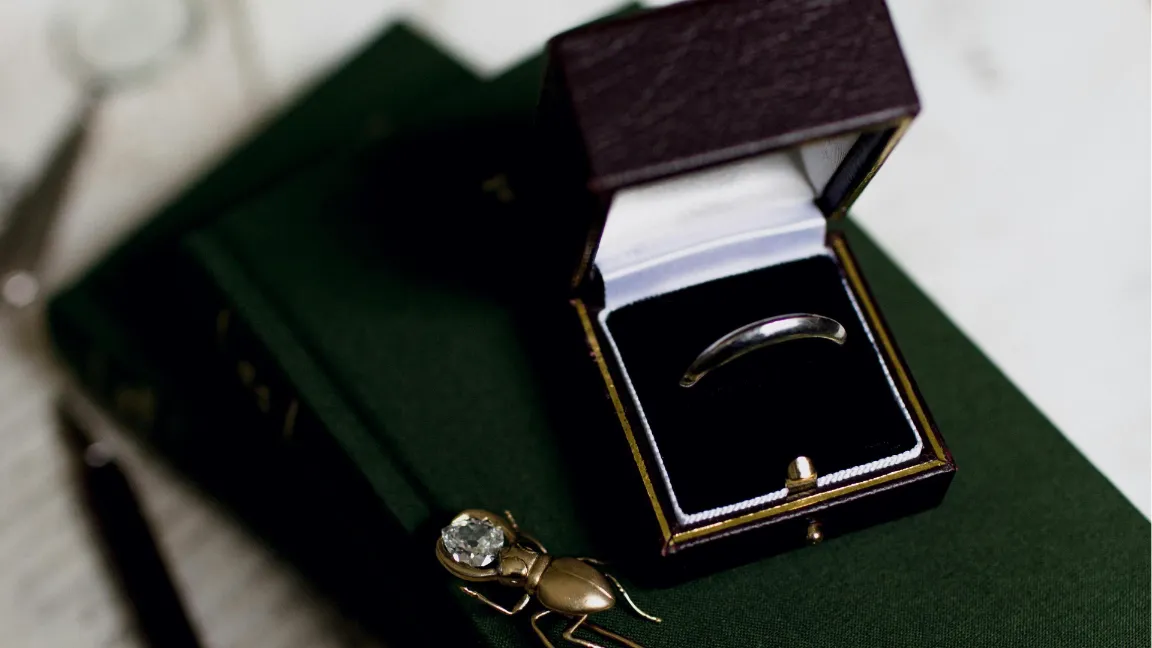
In recent years, consumers become more concerned about sustainability when shopping for jewellery. Your products and the materials you choose to package your jewellery are equally important. Here’s a list of 5 key principles for designing eco-friendly packaging for jewellery. Hope these design principles will help you to create both sustainable and stunning packaging, meeting your… Continue reading Glossary of Terms for Eco-Friendly Jewelry Packaging

Size is one of the elements we need to refer to when we buy anything. For gifts, different gifts need to be adapted to the appropriate and accurate size of the gift box, so as not to appear out of place. Choosing the right size not only enhances the presentation but also ensures that the… Continue reading Glossary of Terms for Eco-Friendly Jewelry Packaging
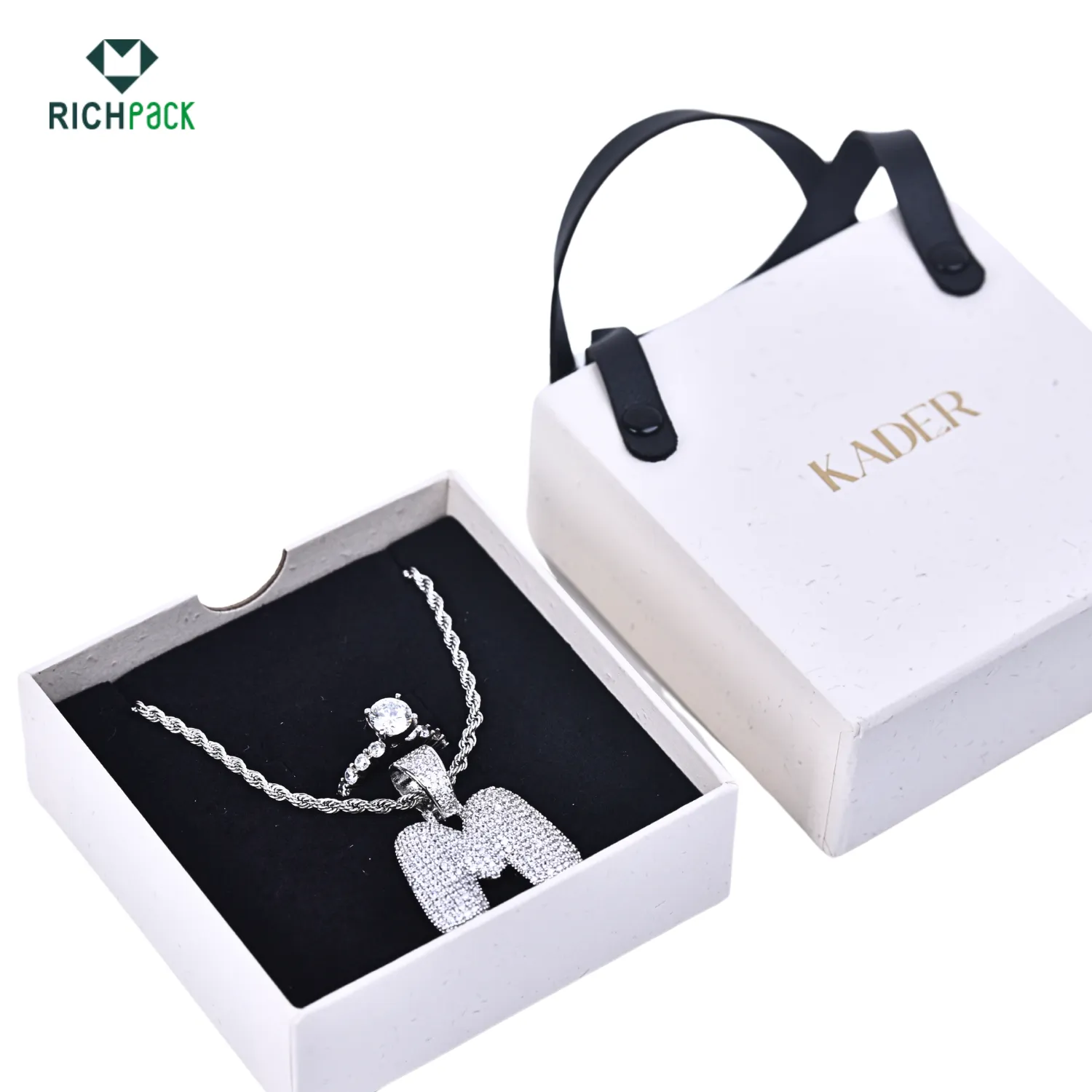
Eco-Conscious Sustainable Jewelry Boxes for High-Volume Orders | Perfect for Jewelry Brands Requiring Scalable, Green Packaging Solutions

Eco-Friendly Affordable Sustainable Packaging Solutions for Small Jewelry Shops | Perfect for Independent Jewelers Seeking Green Packaging
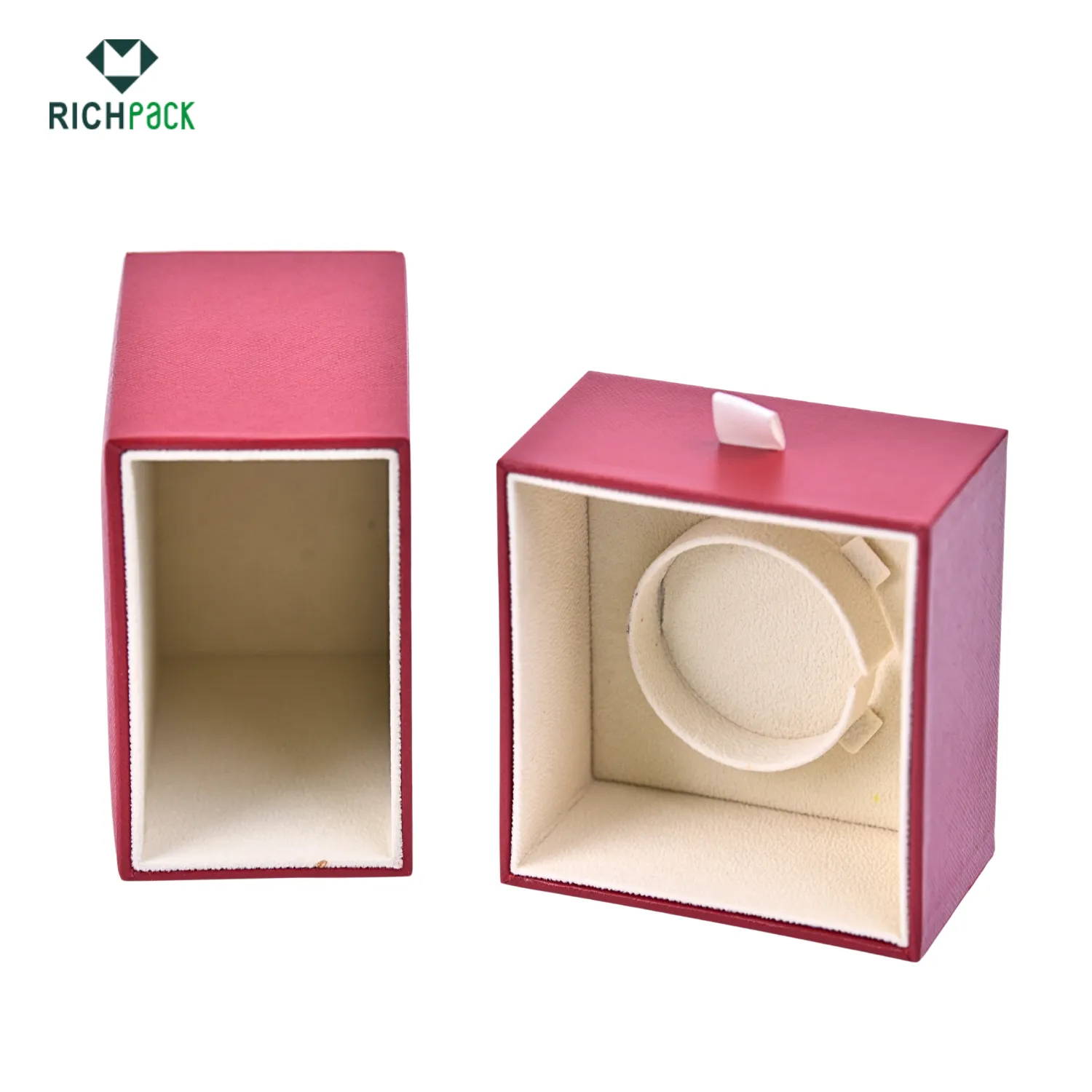
Eco-Friendly Bracelet Boxes with Personalized Design | Sustainable Packaging for Retail and Events Crafted with Recycled Biodegradable Materials
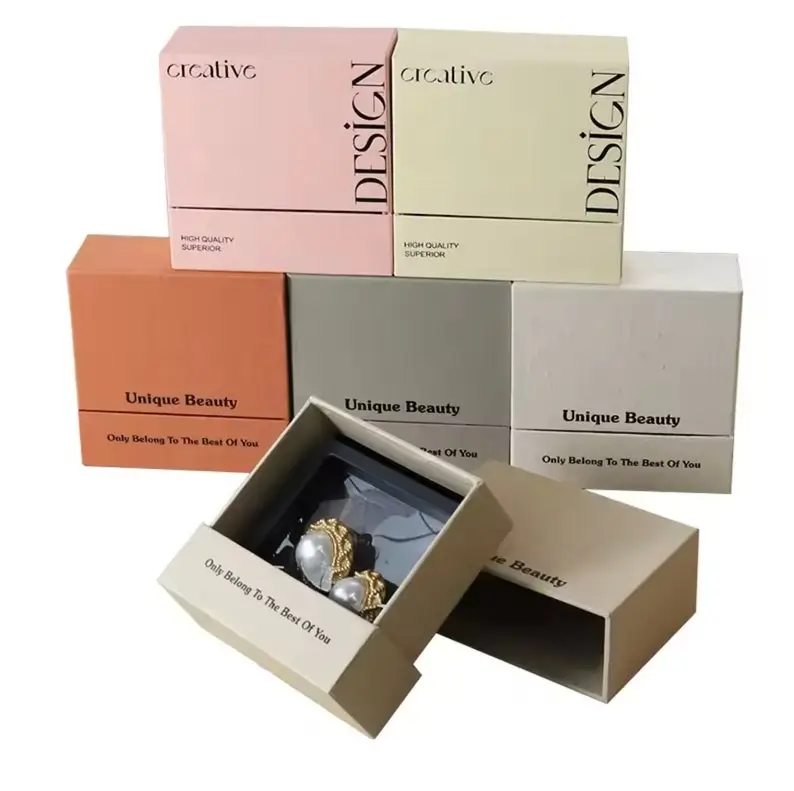
Branded and Sustainable Custom Eco-Friendly Jewelry Packaging with Brand Logo | Tailored for Jewelry Brands Needing Personalized and Green Packaging
View More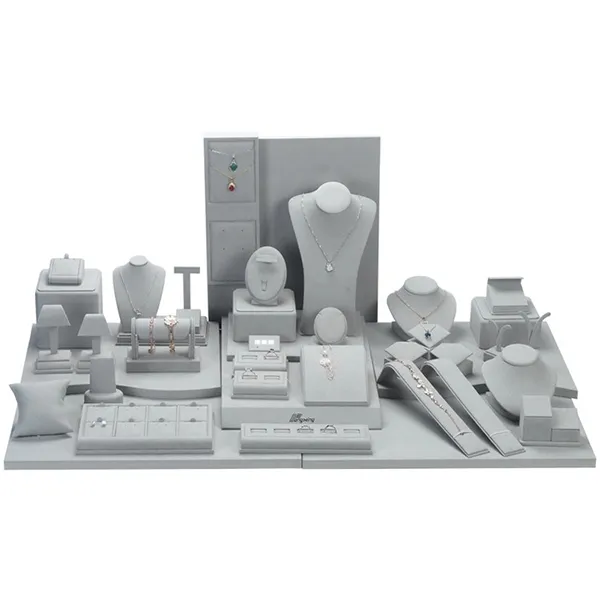
Affordable Jewelry Display Stands for Independent Jewelers | Tailored for Small Retailers Seeking Elegant, Custom Displays on a Budget
View More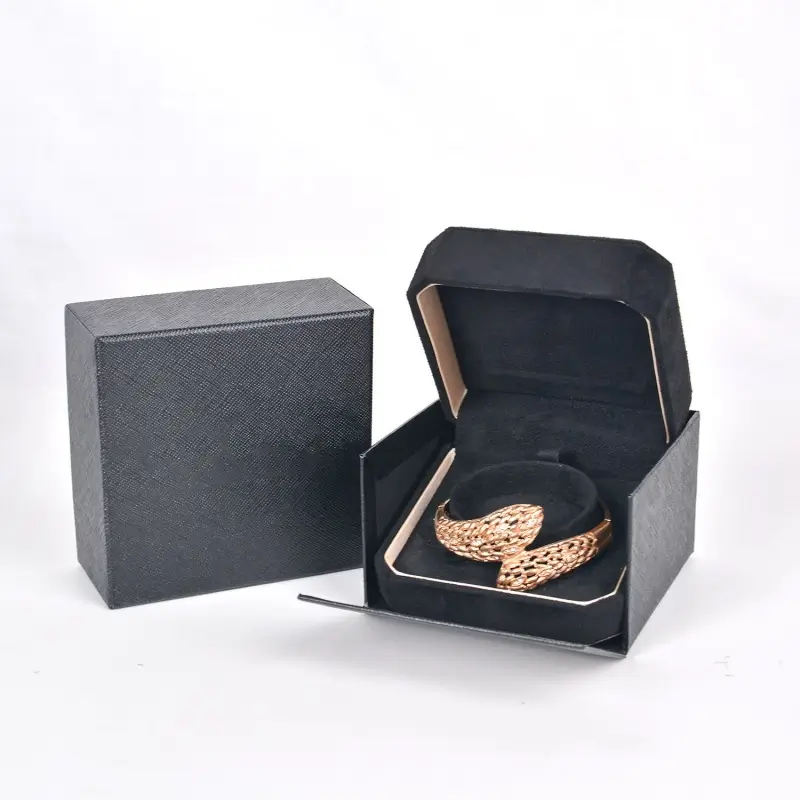
Eco-Friendly Biodegradable Packaging for Luxury Jewelry Collections | Perfect for Premium Jewelers Seeking Sustainable and Elegant Packaging
View MoreJust submit your email to get exclusive offers (reply within 12 hours)